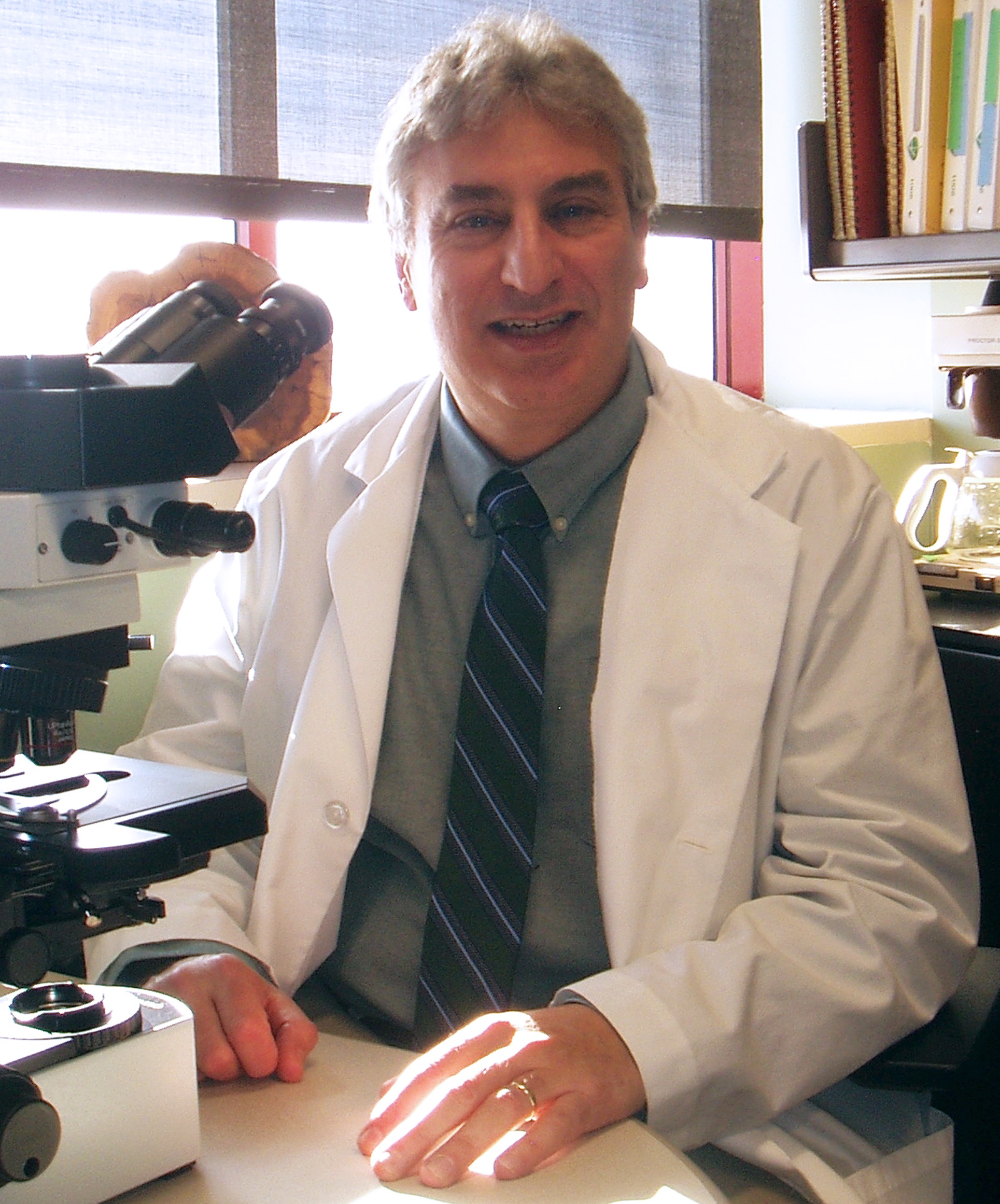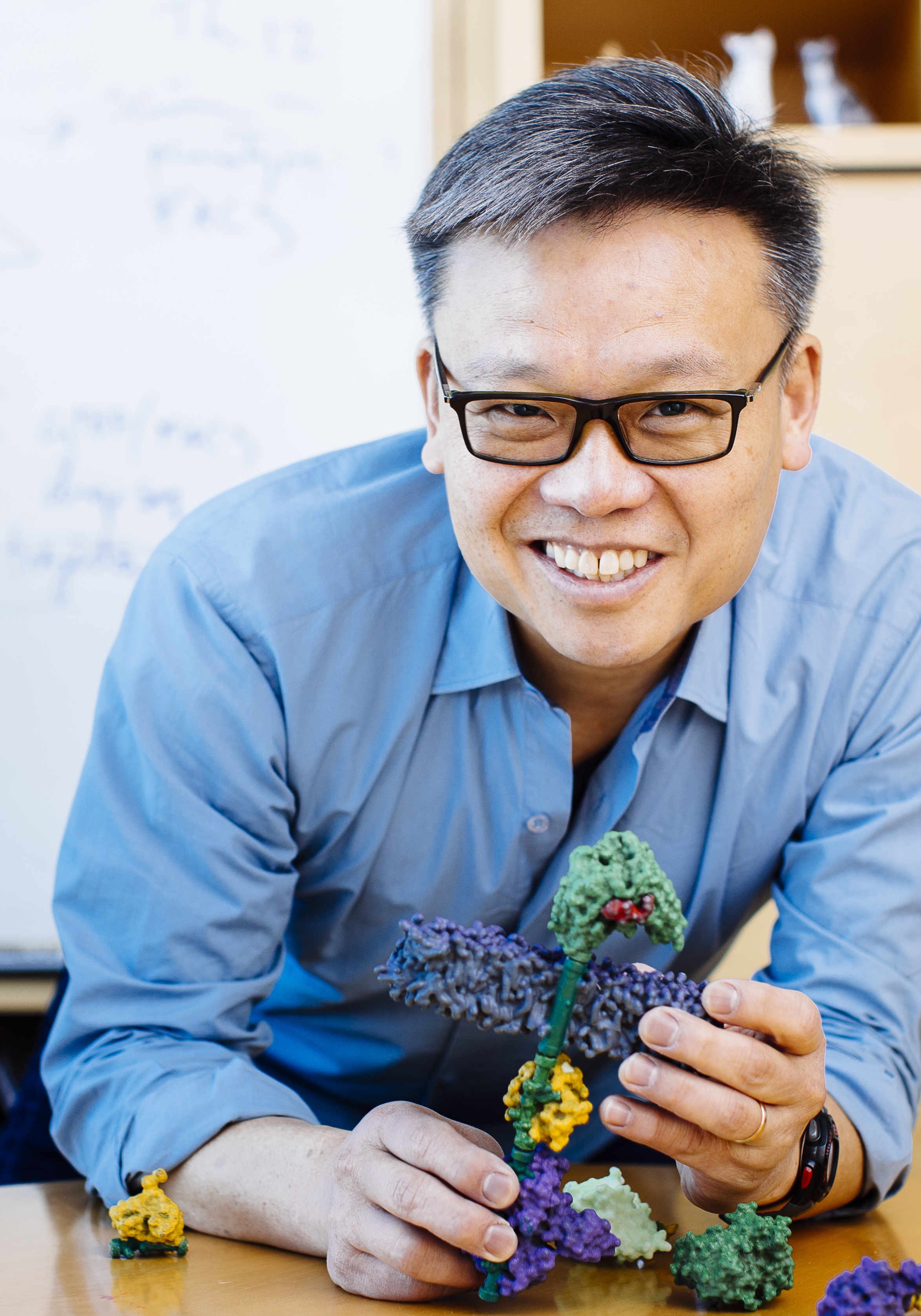Peer Reviewed Cancer



Posted February 15, 2019
Dr. Pavel Jedlicka, University of Colorado at Denver
Dr. Jaime Modiano, University of Minnesota- Twin Cities
Dr. David G. Kirsch, Duke University
Dr. Stephen Sykes, The Research Institute of Fox Chase Cancer Center
Dr. Wendell Lim, University of California San Francisco
Since its inception in 2009, the Peer Review Cancer Research Program (PRCRP) has supported high-impact research for cancer prevention, detection, treatment, and survivorship in Service members, Veterans, their families, and the American Public. To this end, the PRCRP has a strong history of supporting research in pediatric cancers, including the topic areas of Pediatric Brain Tumors ($15.5 million [M]), Neuroblastoma ($7.45M), and Pediatric Cancer ($1M). Starting in fiscal year 2017 (FY17), the topic area of Cancer in Children, Adolescents, and Young Adults was included in the congressional language of the Department of Defense appropriation for the PRCRP. Research within this topic area is targeted toward cancers that predominantly affect children (ages 0-14 years), adolescents (ages 15-24 years), and/or young adults (ages 25-39 years).1-2
Overall, cancers in children, adolescents, and young adults are rare, but are still the leading cause of disease-related death among these age groups. In children, the most common cancer types are blood cancers (lymphomas and leukemias), brain cancers, neuroblastoma, and sarcomas. In adolescents and young adults, the most common cancers are blood cancers (lymphomas and leukemias), melanoma, brain, thyroid, testicular, and ovarian cancer.2 The causes of most childhood cancers are unknown; only 10% may be linked to heritable mutations. Cancers in children, adolescents, and young adults have variable survival rates. For example, the 5-year survival rate for acute lymphoblastic leukemia is 92%, but for some pediatric brain cancers, the 5-year survival rate is less than 20%.1 (For more information pediatric brain cancers, please review (https://cdmrp.health.mil/prcrp/research_highlights/18infocus_braincancer_ highlight). However, patients who relapse generally have a poor prognostic outlook. Additionally, survivors of childhood cancer may suffer from lifelong chronic health conditions, many the result of the treatment of their disease (radiation and/or chemotherapy), including cardiac diseases, hearing or vision impairment, cognitive dysfunction, infertility, and an increase risk of developing secondary cancers later in life.3 A major focus for the pediatric oncology community is to discover less toxic, more effective, targeted therapeutics.
The topic area of Cancers in Children, Adolescents, and Young Adults targets knowledge gaps in cancers that may affect the military population, as 90% of military personnel and their family members are under the age of 39.4 The PRCRP is tasked by Congress to fund research that is relevant to Service members and their families. A cancer diagnosis of a Service member, or a member of his or her family, impacts the Service member’s unit and mission. When a military member’s family is facing a diagnosis of cancer, the illness may lead to a transfer, exceptional status, or even separation, all of which impact mission readiness. Mission readiness is a gauge measured not only by the unit’s force readiness but also by the preparedness of the family support system. A healthy family unit, free of illness, allows the Service member to focus on his or her role in the overarching military mission.5
In FY17, PRCRP invested $3.3M the topic area of Cancers in Children, Adolescents, and Young Adults. Five of these projects, summarized below, are focused on sarcomas and acute myeloid leukemia (AML).
Sarcomas
Sarcomas are a group of rare pediatric cancers of the bone or soft-tissue. Osteosarcoma is the most common form of bone cancer and tends to occur at sites of bone growth. Ewing sarcoma is an aggressive cancer of bone and soft-tissue. Both osteosarcoma and Ewing sarcoma are more prevalent in adolescents and young adults. Significant advancements in understanding the biology of sarcomas have been made, but prognosis remains poor for patients with metastatic disease and those who relapse. For instance, the 5-year survival rate for Ewing sarcoma patients is 65%-75%, but those with metastatic disease have an overall 5-year survival of less than 30%.6 The current treatment for sarcomas includes intense, toxic chemotherapeutic regimens that often result in long-term side effects well into adulthood.7 The three sarcoma-related FY17 PRCRP awards, totaling $1.8M, will continue to explore the underlying biology of these diseases with the ultimate goal of developing more effective treatments.
Identification of Novel Epigenetic Modifiers of Metastasis Progression in Ewing Sarcoma

Dr. Pavel Jedlicka, University of Colorado at Denver
Idea Award with Special Focus
Ewing sarcoma is an aggressive cancer of bone and soft tissue, most commonly driven by a fusion of two genes, EWS and Fli1, which results in malignant transformation of bone and other stem cells. Current treatment involves multidrug chemotherapy, radiation, and surgery that may involve amputation. Despite this aggressive treatment approach, it is rarely successful in patients with metastatic or recurrent disease.7 Although metastasis is the most common cause of death in Ewing sarcoma patients, the mechanisms that drive it are poorly understood. Moreover, the EWS-Fli1 fusion, a logical target in this disease, plays a complex role in metastasis, including inhibition of important steps contributing to disease progression. Dr. Jedlicka will use a functional genomic screening approach to identify epigenetic modifiers that impact metastasis in Ewing sarcoma. Since many epigenetic modifiers can be inhibited with drugs, this project has the potential to identify novel targets for more effective treatment of Ewing sarcoma.
Mechanisms of Resistance to Immunotherapy in Osteosarcoma

Dr. Jaime Modiano, University of Minnesota- Twin Cities
Idea Award with Special Focus
This project, led by Dr. Modiano, has the potential to transform how patients are selected as candidates for treatments that activate the immune system to fight cancer. Specifically, the project seeks to identify factors that can predict whether immunotherapy will be effective in children with osteosarcoma. The research team will utilize preclinical animal models to investigate whether molecules secreted from osteosarcoma cells can inhibit activation of cancer-fighting immune cells called T cells. Ultimately, this project aims to help clinicians determine the best therapeutic options and improve outcomes in osteosarcoma patients.
Modeling the Impact of Radiation Protectors on Radiation-Induced Sarcoma Risk

Dr. David G. Kirsch, Duke University
Idea Award with Special Focus
There is a known link between radiation exposure and sarcoma development.8 Dr. Kirsch aims to understand the mechanisms by which sarcoma develops following radiation exposure. His hypothesis is that p53, a tumor suppressor protein, is involved in this process. The role of p53 is to initiate cell death if the DNA is significantly damaged. Radiation therapy as a cancer treatment works by damaging DNA in cancer cells, resulting in cell death. Radiation therapy can also damage healthy tissue near the tumor, leading to adverse effects. There is an effort to develop drugs to prevent radiation-induced cell death in healthy tissues. However, Dr. Kirsch is concerned that blocking cell death in healthy cells could result in the development of secondary tumors, such as sarcoma in the bone or muscle. His study will expose p53-deficient mice to radiation and follow the development of tumors. The results from this project will aid in the development of drugs that could prevent acute radiation injury and secondary tumor development.
Acute Myeloid Leukemia
Two FY17 PRCRP awards are investigating novel therapeutics for pediatric AML, a cancer that arises from white blood cells. Pediatric AML represents 15%-20% of all pediatric leukemia cases. Current AML treatment is very toxic and can lead to long-term side effects. Furthermore, about 30% of pediatric AML patients will relapse.9 There is an urgent need to develop more effective and less toxic therapies.
Targeting the Unfolded Protein Response in Pediatric Leukemia

Dr. Stephen Sykes, The Research Institute of Fox Chase Cancer Center
Idea Award for Special Focus
Dr. Sykes will identify potential therapeutics for a subset of AML patients with genetic rearrangements of the MLL gene. Aberrations in the MLL gene result in deregulated hematopoiesis, which can lead to leukemia. MLL-rearranged AML patients have a poor prognosis and often do not respond to conventional chemotherapy; therefore, it is critical to develop new therapeutics for AML. The first part of his project aims to identify how components of the unfolded protein response (UPR) molecular pathway impacts growth and survival of MLL-rearranged leukemia cells. Secondly, he will perform preclinical animal studies using MLL-rearranged MLL models to assess if chemical inhibitors of the UPR can inhibit AML progression alone or in combination with existing AML chemotherapies.
Engineering Next-Generation CAR T cells to Treat Pediatric AML


Dr. Wendell Lim, University of California San Francisco
Idea Award with Special Focus
Dr. Lim and his collaborator, Dr. Mignon Loh, aim to develop a next-generation immunotherapy for pediatric AML. Current U.S. Food and Drug Administration-approved immunotherapeutics are not an option for AML because existing methods are unable to distinguish malignant cells from healthy myeloid cells. The first approach is to engineer T cells that recognize receptors on AML cells, along with an ON/OFF switch that can be triggered with small molecule drugs. The second approach will engineer T cells to recognize combinations of cells surface markers, to better discriminate between healthy and leukemic cells. This novel immunotherapy will target malignant cells, while preventing life-threatening suppression of healthy myeloid cells, thus potentially eliminating a toxic side effect of AML treatment.
References:
- National Cancer Institute. Cancer in Children and Adolescents. https://www.cancer.gov/types/childhood-cancers/child-adolescent-cancers-fact-sheet.
- National Cancer Institute. Adolescents and Young Adults with Cancer. https://www.cancer.gov/types/aya.
- Oeffinger KC, Mertins AC, Sklar CA, et al. 2006. Chronic Health Conditions in Adult Survivors of Childhood Cancer. New England Journal of Medicine 355:1572-1582.
- United States Department of Defense. 2017 Demographics Profile of the Military Community. https://www.militaryonesource.mil/reports-and-surveys.
- PRCRP FY16 Program Book. https://cdmrp.health.mil/prcrp/pbks/prcrppbk2017.pdf.
- Gaspar N, Hawkins DS, Dirksen U, et al. 2015. Ewing Sarcoma: Current Management and Future Approaches Through Collaboration. Journal of Clinical Oncology 33:3036-3046.
- Hingorani P, Janeway K, Crompton BD, et al. 2016. Current State of Pediatric Sarcoma Biology and Opportunities for Future Discover: A Report from the Sarcoma Translational Research Workshop. Cancer Genetics 209(5):182-194.
- Berrington de Gonzalez A, Kutsenko A, and Rajaraman P. 2012. Sarcoma Risk After Radiation Exposure. Clinical Sarcoma Research 2:18-26.
- de Rooij JD, Zwaan CM, and van den Heuvel-Eibrink M. 2015. Pediatric AML: From Biology to Clinical Management. Journal of Clinical Medicine 4:127-149.
Last updated Thursday, December 5, 2024














